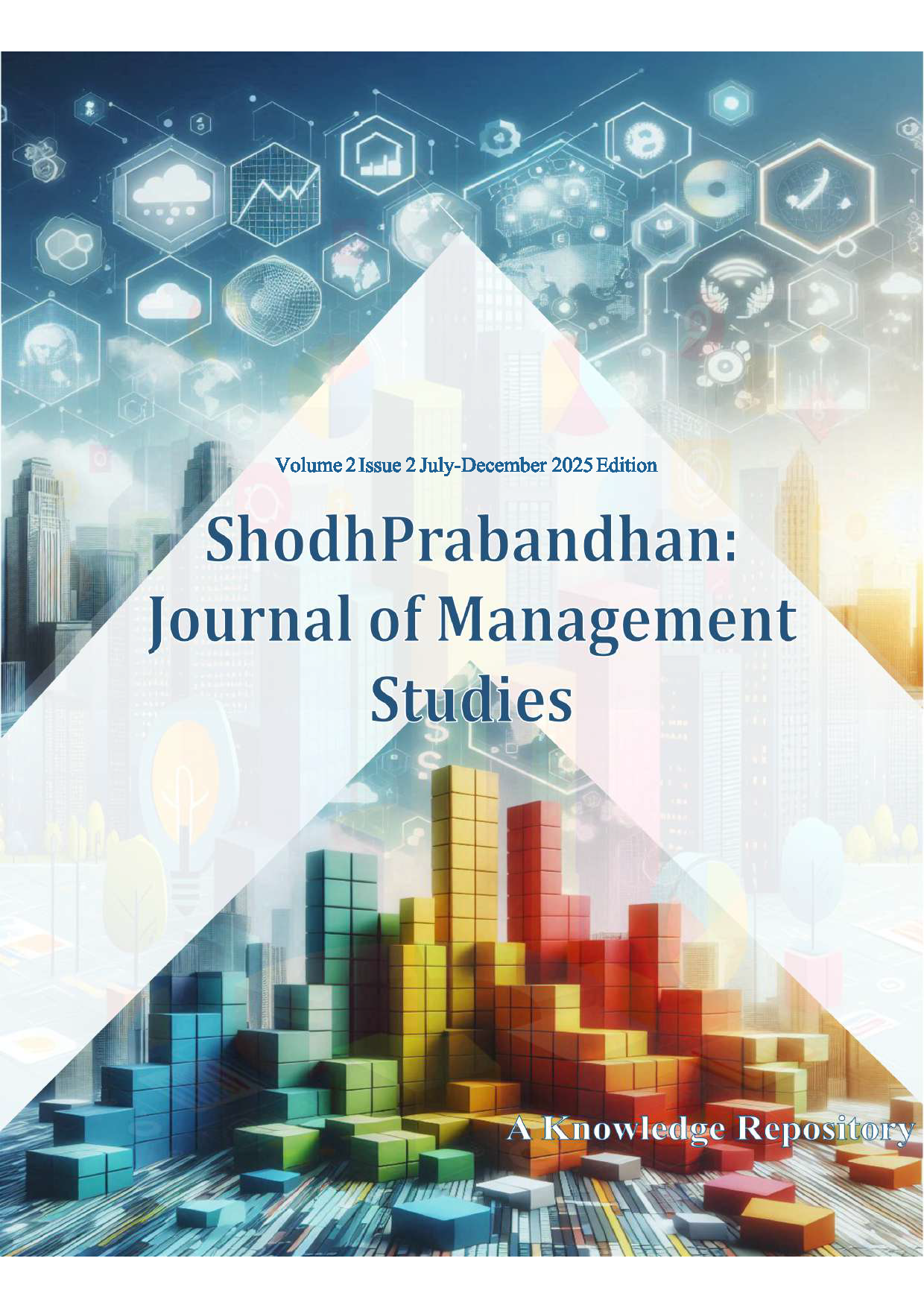ECO-TOURISM AND HOMESTAYS IN NEPAL: SOCIO-ECONOMIC AND MOTIVATIONAL FACTORS IN GHALEGAU AND SIRUBARI
DOI:
https://doi.org/10.29121/ShodhPrabandhan.v2.i2.2025.28Keywords:
Eco-Tourism, Homestays, Socio-Economic Impact, Community Development, Nepal TourismAbstract
This study investigates some of the socio-economic and motivational dynamics behind the development of eco-tourism homestays in Ghalegau and Sirubari, two traditional mountain villages situated in rural Nepal. Methods employed were a quantitative methodology, in which data was obtained from forty homestay operators (twenty from each village) using structured questionnaires; further supported by qualitative in-depth interviews to collect practice challenges and perceptions. We employed descriptive statistics and inferential analyses, such as paired-samples t-tests to highlight patterns or relationships among variables guest satisfaction, operational costs, cultural practice and the impact on local house-hold of the different homestay activities. The results revealed that homestay ownership was close to gender balance and also the degree of embeddedness in very particularly a family-based, female-inclusive operational model. The majority of owners have little formal education, which underlines the importance of local knowledge and social skills over qualifications. And that also happens to very much be in demand from both guests (cultural authenticity, cleanliness) and the hosts always care about these things naturally for the same reason we preserve local traditions. Post-homestay initiation, 80% of operators reported significantly increased income. Homestays: There were statistically significant positive changes in investment capacity, income sources, health and education of family members, sanitation and social integration after adopting the homestays; there was no significant change in the relationship within households or for balancing their incomes and expenses. The study findings demonstrate that Ghalegau and Sirubari homestay has offered economic opportunities besides to increase cultural preservation, health, education and community Ownership. However, these benefits can only be sustained and enhanced through specific interventions in the areas of capacity building, financial access and infrastructure. The results further strengthen nature of community-based eco-tourism against the backdrop of inclusive and sustainable rural development in Nepal.
References
Adhikari, M., Tripathi, L., & Bhandari, S. (2023). Economic Contribution of Homestay in Nepal: A Case Study of Lamjung and Syangja [Working paper]. SSRN. https://doi.org/10.2139/ssrn.5314454 DOI: https://doi.org/10.2139/ssrn.5314454
Basak, D. (2021). Understanding Sustainable Homestay Tourism as a Driving Force for Local Communities. Journal of Sustainable Tourism, 29(9), 1500–1518. https://doi.org/10.1080/09669582.2021.1874567
Central Bureau of Statistics. (2011, September 27). National Population and Housing Census 2011 (National Report). Government of Nepal.
Colvin, J. (1996). Ecotourism: The Potential and Pitfalls. USAID and World Wildlife Fund.
Gangotia, A. (2013). Homestay Tourism: A Tool for Rural Development. International Journal of Social Science & Interdisciplinary Research, 2(6), 95–105.
Kannegieser, I. (2015). Examining the Socioeconomic Benefits of Homestay Tourism: Female entrepreneurship in rural Nepal [Master’s thesis, SIT Digital Collections].
Rajbhandari, U., Karki, P., & Chaudhary, R. (2019). Assessment of Socio‐Economic and Environmental Outcomes of the Homestay Program at Amaltari Village, Nepal. Journal of Tourism and Cultural Change, 17(3), 345–361. https://doi.org/10.1080/14766825.2019.1572158
Shrestha, K. (2021). Role of Homestays in Improving Rural Livelihoods in Nepal: Evidence from Dallagaon, Bardiya. Kathmandu Medical College Journal, 4(2), 77–85. https://doi.org/10.3126/kmcj.v4i2.47779
Thapa, D. (2013). Tourism in Nepal: Problems and Prospects. Kathmandu: Sangam Publication.
Timalsina, K. P. (2012). Rural Tourism for Sustainable Development in Nepal. Journal of Tourism and Hospitality Education, 2, 76–90.
UNWTO. (2001). Ecotourism and Sustainable Development. World Tourism Organization.
Woli, L. (2022). Impact of Homestays on Socio‐Economic Opportunities in Rural Nepal. Kathmandu Medical College Journal, 4(2), 77–85. https://doi.org/10.3126/kmcj.v4i2.47779 DOI: https://doi.org/10.3126/kmcj.v4i2.47779



















